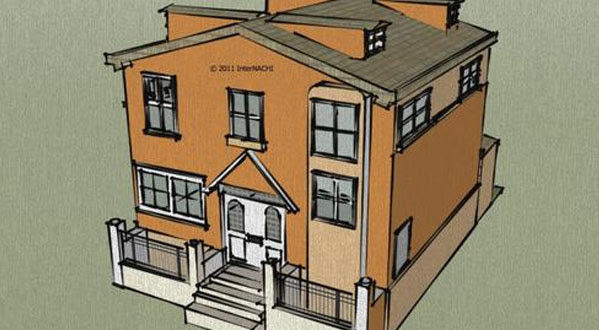Blog
Buried Oil Tanks: What Homeowners Need to Know
A buried oil tank can be concealed by heavy landscaping. Buried ferrous-metal oil tanks are commonly found on older properties whose home and/or domestic water supply is heated by oil. As with all underground items, a buried oil tank is not within the scope of a visual home inspection. The presence of a buried oil tank can usually be determined by finding the fill and vent pipes that extend above ground. Abandoned and very old buried ferrous-metal oil tanks are an environmental hazard.
Once free from the tank, petroleum will sink through unsaturated soil and enter the water table. There, much of the chemical will vaporize and eventually bubble up through the ground's surface. In addition to the risks posed by other petroleum products, leaked gasoline presents the risk of fire and explosion, especially if the fumes collect inside homes and other buildings. Any petroleum-contaminated water that is ingested or used to bathe is potentially deadly. A tank is capable of leaking chemicals for many years, since the corrosion process is typically slow.
If there is a buried tank on your property, the soil around it should be tested by a qualified environmental professional for the presence of oil seepage. If leaking has occurred, the tank and all contaminated soil around it must be removed. A tank that shows leakage must be removed from the ground or filled with a chemically inert solid, such as sand. Groundwater contaminants too must be removed by pumping air through the water, which causes volatile petroleum compounds to vaporize and biodegrade naturally.
If leaking has not occurred, it may still be a potential problem. Even if a tank is empty, it still may have residual oil in the bottom that is a pollutant. Consult with a specialist about the best option for dealing with an underground tank on your property.
‹ Back






